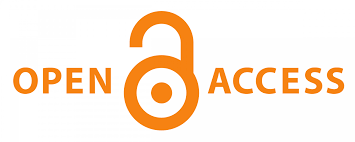Career Catalyst: Anticipating staff attrition through predtive modelling
DOI:
https://doi.org/10.62643/Keywords:
Career Catalyst, machine learning methods, HR practicesAbstract
Employee attrition prediction is a critical task for organizations seeking to maintain workforce stability and productivity. This study investigates the effectiveness of machine learning methods, specifically logistic regression and random forest algorithms, in predicting employee attrition. Utilizing a comprehensive dataset comprising various employee attributes such as demographics, job satisfaction, and performance metrics, logistic regression is initially employed to model the probability of attrition. This method allows for the identification of significant predictors contributing to attrition risk, providing valuable insights for HR decision-makers. Subsequently, the study integrates random forest, an ensemble learning technique renowned for its ability to capture complex interactions and nonlinear relationships within the data. By combining the strengths of logistic regression and random forest, the predictive model achieves enhanced accuracy in identifying employees at risk of attrition. Through the utilization of this machine learning-powered approach, organizations gain a proactive tool for identifying potential turnover, enabling them to implement targeted retention strategies and mitigate the adverse effects of employee attrition on business continuity and performance. The results demonstrate the efficacy of the proposed methodology in accurately predicting employee attrition, thereby empowering organizations to make informed decisions regarding workforce management and retention efforts. By leveraging machine learning techniques, such as logistic regression and random forest, organizations can proactively address attrition challenges, fostering a more stable and engaged workforce while optimizing operational efficiency and productivity. This research underscores the importance of utilizing advanced analytics in HR practices to anticipate and mitigate employee turnover, ultimately contributing to organizational success and competitiveness in the dynamic business landscape.
Downloads
Published
Issue
Section
License

This work is licensed under a Creative Commons Attribution-NonCommercial-NoDerivatives 4.0 International License.

















